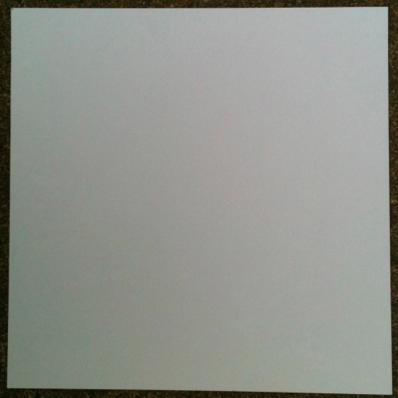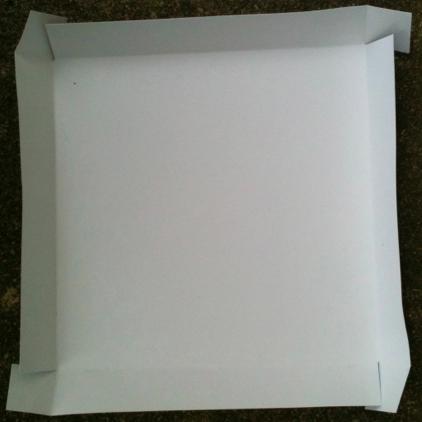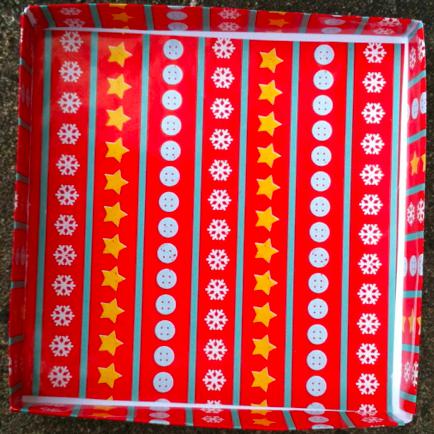Skip over navigation


Please note: this problem uses whole numbers of centimetres throughout.
Start with a square piece of card.
Draw the same smaller square in each corner of the card.
Cut one edge of each of these squares so that you can fold the card up to make a tray.
(See the pictures above.)
We are going to cover the tray. The covering goes over all that can be seen, so it is just the square base underneath that remains uncovered.

First challenge
If the card is 18cm x 18cm and the amount of wrapping paper used is 432cm$^2$, what are the dimensions of the base of this tray and what size are the square corners that need to be cut?
Second challenge
The amount of wrapping paper used is 420cm$^2$.
What possible squares of card can you start with and what size corners can you use?
Third challenge
The amount of wrapping paper used can be between 400cm$^2$ and 499cm$^2$.
What possible squares of card and corners can you find?
Can you find a system that helps you get them all?
This problem featured in the final of the Young Mathematicians' Award.

Or search by topic
Number and algebra
Geometry and measure
Probability and statistics
Working mathematically
Advanced mathematics
For younger learners
Cover the Tray
Age 7 to 11
Challenge Level 





- Problem
- Student Solutions
- Teachers' Resources
Cover the Tray


Please note: this problem uses whole numbers of centimetres throughout.
Start with a square piece of card.
Draw the same smaller square in each corner of the card.
Cut one edge of each of these squares so that you can fold the card up to make a tray.
(See the pictures above.)
We are going to cover the tray. The covering goes over all that can be seen, so it is just the square base underneath that remains uncovered.

First challenge
If the card is 18cm x 18cm and the amount of wrapping paper used is 432cm$^2$, what are the dimensions of the base of this tray and what size are the square corners that need to be cut?
Second challenge
The amount of wrapping paper used is 420cm$^2$.
What possible squares of card can you start with and what size corners can you use?
Third challenge
The amount of wrapping paper used can be between 400cm$^2$ and 499cm$^2$.
What possible squares of card and corners can you find?
Can you find a system that helps you get them all?
This problem featured in the final of the Young Mathematicians' Award.
Why do this problem?
This problem engages the pupils in both arithmetic relationships between numbers, multiplication facts and spatial awareness. It is a very challenging activitiy and probably should only be presented to pupils who feel confident about such investigations.Possible approach
A bit of preparation beforehand will be useful - make a box following the idea in the instructions. It is best to have a square card that has had the corner pieces cut ready for gluing and another in which the corners have been glued and you have suitable covering paper cut to exactly the correct size as one sheet.
Perhaps rather like this:

Talk with the pupils about the three pieces you have and then gradually introduce them to the actual challenge, emphasising that they decide on both the size of the card to start with, and the size of the four corners to be used to fold round to make the "walls" secure.
They may need reminding that they are to find many (if not all) the possibilities.
Perhaps rather like this:

Talk with the pupils about the three pieces you have and then gradually introduce them to the actual challenge, emphasising that they decide on both the size of the card to start with, and the size of the four corners to be used to fold round to make the "walls" secure.
They may need reminding that they are to find many (if not all) the possibilities.
Key questions
What have you done to decide on the size of your starting square card?
How are you finding out how much paper you will need to cover it?
You've made some that were too big/small how are you adjusting your numbers to get it within the limits?
How are you finding out how much paper you will need to cover it?
You've made some that were too big/small how are you adjusting your numbers to get it within the limits?
Possible support
Apart from the obvious equipment (paper, card, ruler, calculator) no further support should be needed, as this is designed to challenge the confident pupil.You may also like
Geoboards
This practical challenge invites you to investigate the different squares you can make on a square geoboard or pegboard.

